Entertainment
Khloe Kardashian Calls Out Kris Jenner’s Managerial Flaws During Tense Talk on November 2, 2023 at 4:00 am Us Weekly
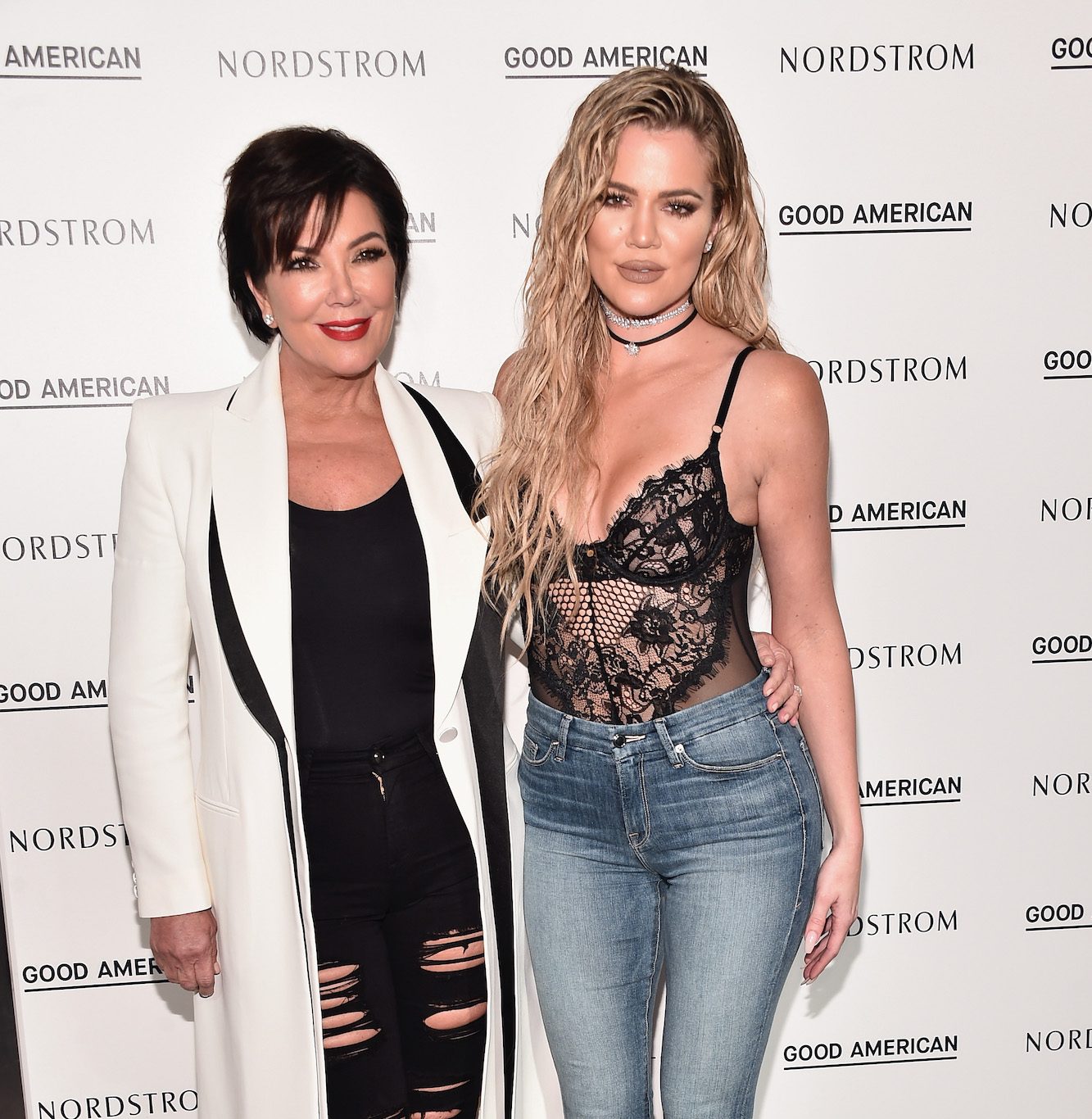
Khloé Kardashian is not pleased with Kris Jenner‘s role as her manager — and she’s not holding back.
During the Thursday, November 2, episode of The Kardashians, Kris, 67, was excited to present Khloé, 39, a pitch for a new project.
“I’m trying to figure out what [Khloé’s] next chapter might be,” Kris shared in a confessional interview. “She’s so funny and so smart and so articulate and so great with people. I thought, ‘Wow, you know what? I would love to listen to Khloé’s point of view on so many different things.’”
Kris thought her daughter had the perfect skill set to run a podcast, adding, “I really feel strongly that you should have a podcast, which now everyone is doing from their house. You could come over to Kylie Cosmetics down the street and you could record there once a week. I think you would really be a person I would listen to, and you are my daughter.”
Khloé, however, wasn’t as interested in the idea because of the issues that could come up in the long run.
“But you have to weigh out risk vs. reward. Let’s say I am accidentally talking about [my stepparent] Caitlyn [Jenner] and I say Bruce for a second,” she said about the former athlete, who transitioned in 2015. “I would know that it was an innocent mistake — it wouldn’t be with malice intent. That little thing that seems so innocent, I could be annihilated for.”
Although Kris understood Khloé’s concerns, she still attempted to change her daughter’s mind. Kris, who also represents Kim Kardashian, Kourtney Kardashian, Rob Kardashian, Kendall Jenner and Kylie Jenner, tried to convince Khloé not to let fear control her decisions.
The conversation took a tense turn when Khloé pointed out how she hasn’t felt supported by Kris.
“I can’t take on other responsibilities like starting something completely new because I don’t have a team to lean on. I don’t have a management team. You are only there until the contract is signed and you disappear until you want to bring me the next contract,” Khloé claimed. “That is your choice. You are in your 60s and you have managed your ass off — you got all of us to where we are. I am not complaining about that, I am just pointing it out.”
Khloé said her mental health took a hit because of how overwhelmed she has been in her professional life, adding, “I don’t have a middleman to go to to say, ‘I need help.’ You have no idea how I don’t sleep [and] how I can’t do any of the things I should be doing because I am trying to fix the f–kups.”
Kris, however, was more interested in making plans for the future. She acknowledged Khloé’s “frustrations” but still kept pushing the podcast project. In response, Khloé said it didn’t make sense for her to take on something new.
Kris Jenner and Khloe Kardashian. Alberto E. Rodriguez/Getty Images
“Before I take on another project, I need to fix the 20 that are so f–ked up. I don’t even know how to do that and you don’t even know how to do that. Because if you did then it would be fixed by now. And it’s not,” the reality star noted. “One of my frustrations with you is that there’s not a lot of follow-through after something is done. This is me talking to you as a manager.”
Khloé also questioned why she couldn’t get in contact with Kris about her career.
“When I get a hold of you hours later, that makes me boil in whatever my issue is,” she said about Kris’ frequent vacations and various dinners. “When you want to take on multiple clients, you have to fulfill their multiple and different needs. You don’t give enough to each one because you physically can’t. There’s no possible way that she can do everything on her own and have everyone feel that they are equally taken care of.”
When Kris couldn’t offer suggestions on how to fix the problem, Khloé made it clear that she didn’t “trust” her.
“I have never had a team built in one of the other jobs I’ve ever had since I’ve been working for you. Do I have one person at Good American that represents me? Also from my management side, who can I call besides you that will give me an answer immediately? Because I can’t name one person,” she told Kris. “I never feel like there are people looking out for me. I have to do it all on my own in every single category and job I have.”
Kris stood by her opinion that Khloé was missing the bigger picture. Even though Kris thought she saw things “differently” than Khloe, she still wanted to offer her daughter a professional solution. Khloé, meanwhile, argued that her mother wasn’t listening to her.
“There are issues that I have with my manager. Not my mom, my manager. When I try to address those issues, I get a lot of pushback and it is always guilt trip things that a mom would do. Those lines get very blurred. They are really gray,” she said in a confessional.
The discussion concluded with Khloé firmly shutting down Kris’ attempts at a resolution, saying, “What I am getting at is I am not going to continue the conversation and I am not talking to this bulls–t that you keep trying because I am never f–king heard. We put a band-aid over a bullet hole and she likes to patronize me and be like, ‘Everything is fine. We will work on it.’ It is all bulls–t. I am so turned off from all of this.”
Kris stood her ground by asking why Khloé was “spiraling” in the wrong direction.
“You are just somewhere else,” Kris said. “I don’t want to put salt on a wound. I want your wounds to be necessarily taken care of. Calm down, Khloé. You are getting upset again, and it is just festering into these other things. It is not healthy for you.”
The episode ended with Khloé and Kris still at odds. In a preview for next week’s episode, Kris told Kathy Hilton and Paris Hilton that she didn’t feel at fault.
“Khloé’s mad at me because I haven’t been paying enough attention to her. She thinks I can be at four places at the same time,” she told the mother-daughter duo.
In a confessional, meanwhile, Khloé made it clear she wants to address the issue, adding, “Things haven’t been resolved between me and my mom. We definitely need to talk things out.”
New episodes of The Kardashians air on Hulu every Thursday.
Khloé Kardashian is not pleased with Kris Jenner‘s role as her manager — and she’s not holding back. During the Thursday, November 2, episode of The Kardashians, Kris, 67, was excited to present Khloé, 39, a pitch for a new project. “I’m trying to figure out what [Khloé’s] next chapter might be,” Kris shared in
Us Weekly Read More
Entertainment
Kim and Kanye’s Daughter North West Faces Criticism Over Her Tattoos

North West, the 12-year-old daughter of Kim Kardashian and Kanye West, is under the spotlight once again — this time for showing off a collection of tattoos that set social media on fire. In recent photos and videos circulating online, North was seen with several arm designs, including tributes to her parents and fashion-inspired symbols. While fans were quick to admire her bold style, not everyone was impressed.
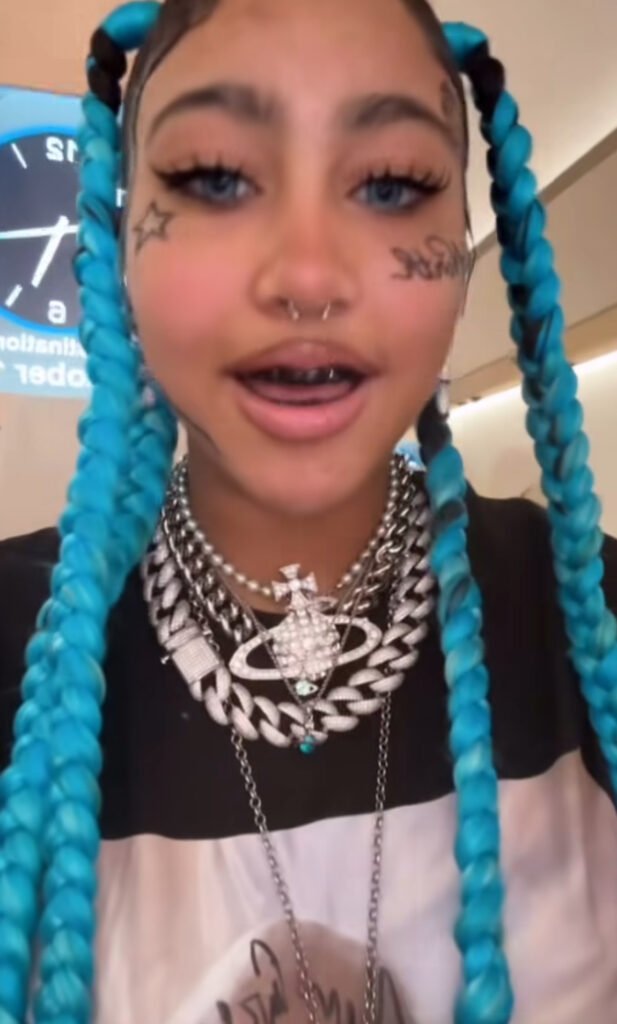
Critics argue that the tattoos — even though they appear to be temporary — are another example of celebrity children being pushed into adult trends too early. Comments flooded social media platforms, with some users saying Kim allows North too much freedom, while others defended the reality star’s parenting approach, praising her for letting her daughter explore creativity and self-expression.
“Kids should be kids,” one commenter wrote, reflecting a broader sentiment among parents online. Meanwhile, supporters pointed out that North comes from one of the most fashion-forward families in the world and that experimenting with style is part of her upbringing.
Kim Kardashian has not directly addressed the controversy, but she has often spoken about encouraging her children to express themselves authentically. North, already known for her viral TikTok appearances and fashion collaborations, seems unfazed by the criticism.
At just 12, North West continues to blur the lines between youth culture and celebrity identity — reminding the public that in the Kardashian–West household, individuality isn’t just allowed, it’s celebrated.
Entertainment
Jennifer Lopez’s Ex Fires Back: “You Are the Problem”

Ojani Noa Accuses J.Lo of Cheating After “Never Been Loved” Comments
Jennifer Lopez is once again at the center of a media storm — but this time, it’s her first husband, Ojani Noa, turning up the heat. Following Lopez’s recent Howard Stern Show interview, in which she claimed she has “never been truly loved” by any of her exes, Noa has publicly accused the superstar of cheating and playing the victim.
In the viral Instagram post that has now spread across major outlets like TMZ and New York Post, Noa didn’t hold back.
“Stop putting us down. Stop putting me down with your victim card,” he wrote. “The problem is not us. Not me. The problem is you. You’re the one who couldn’t keep it in your pants.”
“You Chose Fame and Lies Over Love”
Noa and Lopez were married briefly from 1997 to 1998, before her rise to Hollywood superstardom. In his explosive statement, he accused her of being unfaithful during their marriage, claiming she prioritized fame over their relationship.
“You have been loved a few times. You’ve been married four times. And have had countless relationships in between,” Noa continued. “You decided to lie, to cheat on me. You begged me to keep the marriage intact to avoid bad press.”
Noa described himself as “faithful, honest, and loving,” saying he uprooted his life and career to support Lopez at the beginning of her entertainment journey. “I left my family, my friends, everything behind for you,” he wrote, “but once fame came calling, you left me behind.”
Lopez Silent Amid Growing Backlash
As of now, Jennifer Lopez has not publicly responded to Noa’s allegations. During her Howard Stern interview, the singer and actress claimed her former partners “weren’t capable” of loving her, saying, “It’s not that I’m not lovable… it’s that they’re not capable.”
Her remarks were widely interpreted as referencing all of her ex-husbands — including Marc Anthony, Cris Judd, and Ben Affleck — but it was Noa who reacted first and most forcefully. His comments have ignited widespread debate online, with many questioning whether Lopez’s honesty came at the expense of others’ reputations.
Public Response and Media Fallout
The online reaction has been intense, with social media users split between defending Lopez’s right to share her truth and blasting her for allegedly rewriting history. Meanwhile, entertainment analysts note that the controversy adds to an increasingly turbulent year for the singer, following canceled tours, underperforming films, and ongoing scrutiny over her marriage to Affleck.
This latest backlash has also reignited conversations about Lopez’s highly publicized romantic history. As tabloids and fans speculate whether more exes might respond, the situation underscores an old truth in celebrity culture — that every candid confession comes with consequences.
For now, Jennifer Lopez remains silent. But in the court of public opinion, the debate about who’s really at fault in her love story is only just beginning.
Entertainment
Selling Your Soul in Hollywood: The Hidden Cost of Fame
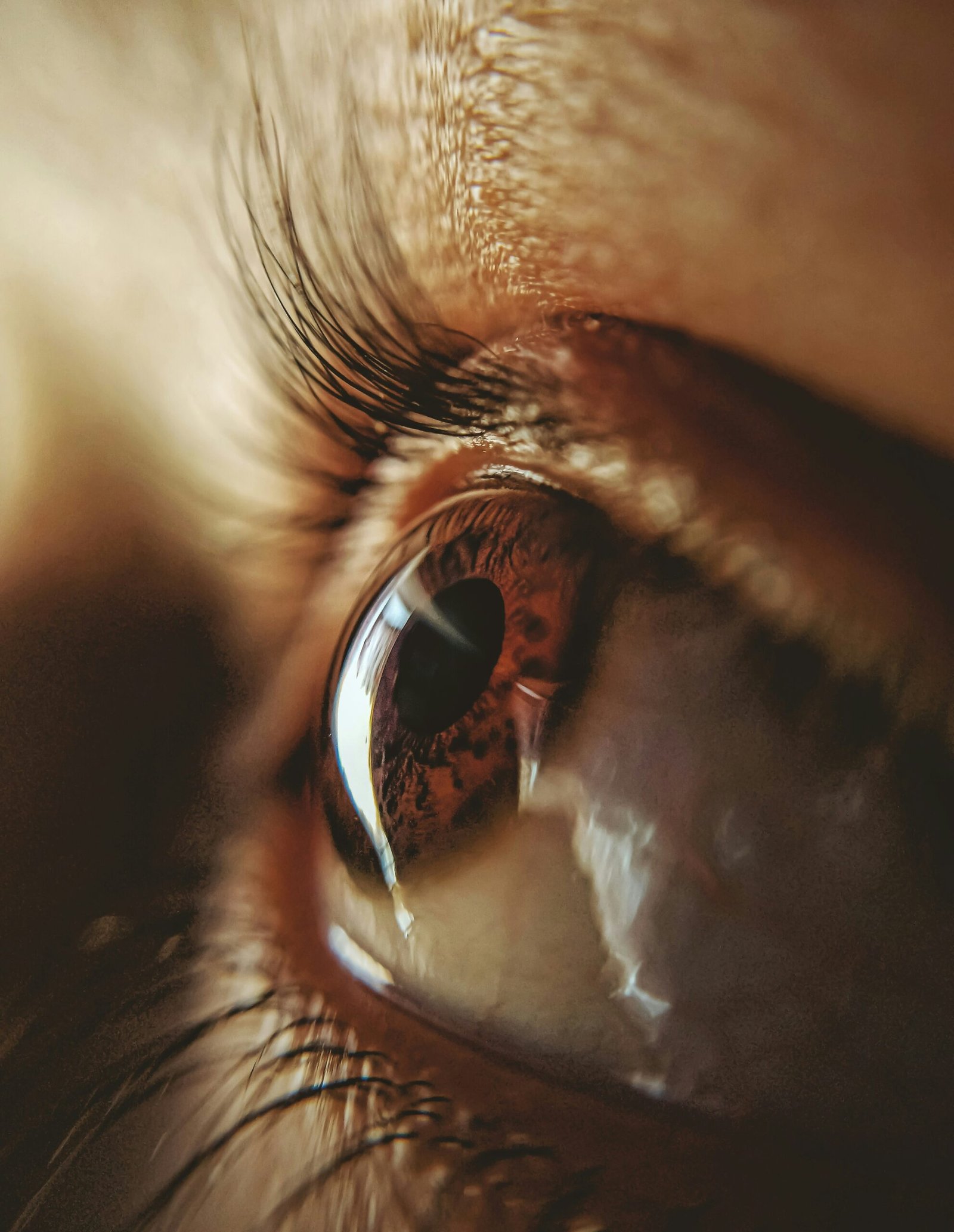
By all appearances, Hollywood is a dream factory — a place where charisma, talent, and luck collide to create stars. But behind the camera lights and red carpets lies a conversation few inside the industry speak openly about: the spiritual and moral price of ambition.
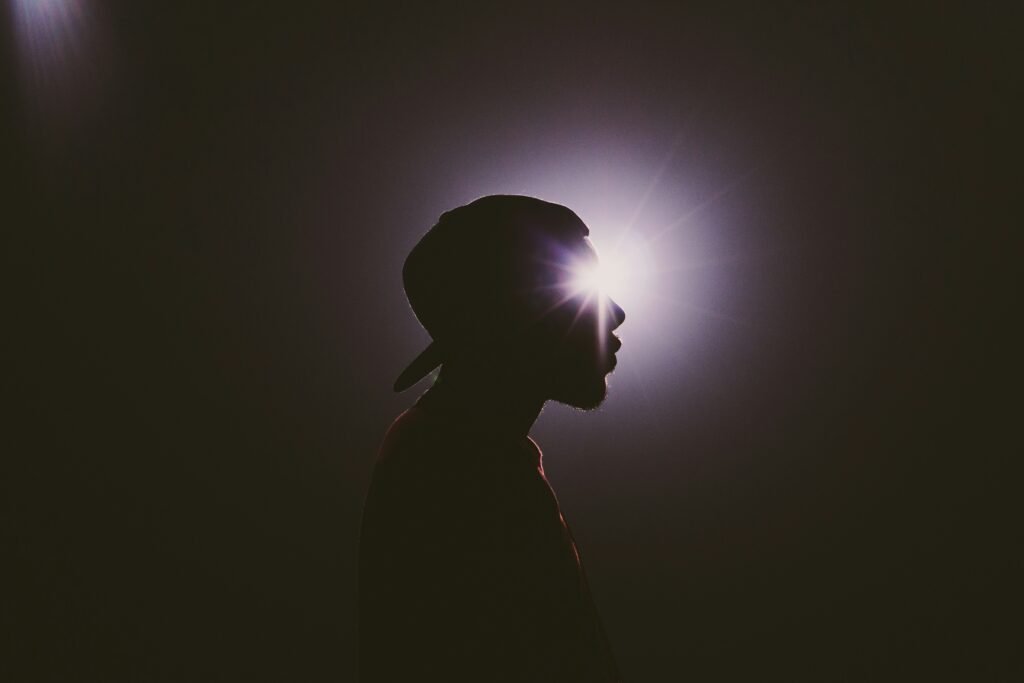
For actor Omar Gooding, the idea of “selling your soul” in Hollywood isn’t a metaphor — it’s a moral process that begins with tiny compromises. In an October 2025 interview, Gooding explained that no one in Hollywood makes a literal deal with the devil. Instead, it’s the quiet yeses, the moments when comfort overrides conviction, that mark the beginning of the trade. “They don’t say, ‘Take this or you’ll never make it,’” he said. “They just put it in front of you. You choose.”
Those choices, he argues, create a pattern. Once you show that you’ll accept something you once resisted, the industry notices. “Hollywood knows who it can get away with what,” Gooding said. “One thing always leads to another.” The phrase “selling your soul,” in this context, means losing your say — doing what you’re told rather than what you believe in.
That moral tension has long shadowed the arts. Comedians like Dave Chappelle, who famously walked away from millions to preserve his creative integrity, often serve as examples of where conviction and career collide. In resurfaced interviews, Chappelle hinted that he felt manipulated and silenced by powerful figures who sought control of his narrative, warning that “they’re trying to convince me I’m insane.”
This isn’t just about conspiracy — it’s about agency. Hollywood runs on perception. Performers are rewarded for being agreeable, moldable, entertaining. Those who question the machine or refuse the script risk exile, while those who conform are elevated — sometimes beyond what they can handle.
“We see the ‘collections’ all the time,” Gooding explained. “When the bill comes due, you can tell. They made that deal long ago.”
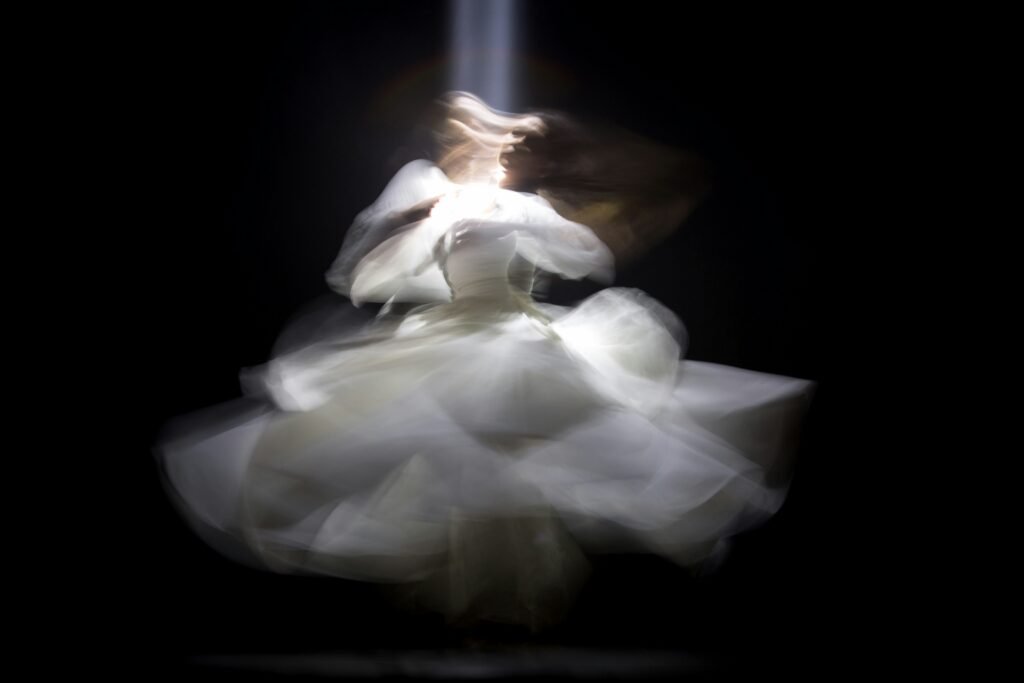
But the story doesn’t end in darkness. Gooding also emphasizes that in today’s entertainment landscape, artists have more control than ever. With streaming, social media, and creator‑driven platforms, performers don’t have to “play the game” to be seen. Independent creators can build their own stages, speak their own truths, and reach millions without trading authenticity for access.
Still, the temptation remains — recognition, validation, quick success. And every generation of artists must answer the same question: What are you willing to do for fame?
As Gooding put it, “You just make the best choices you can. Because once it’s gone — your name, your peace, your soul — there’s no buying it back.”

 Entertainment4 weeks ago
Entertainment4 weeks agoExecutive Producer Debut: How Celia Carver Created Festival Hit ‘Afterparty’

 Business3 weeks ago
Business3 weeks agoWhy Are Influencers Getting $7K to Post About Israel?

 Health4 weeks ago
Health4 weeks agoWhy Did Gen Z QUIT Drinking Alcohol?

 Advice4 weeks ago
Advice4 weeks agoHow AI Is Forcing Everyone Into the Entrepreneur Game

 Entertainment3 weeks ago
Entertainment3 weeks agoKeith Urban and Nicole Kidman Split After 20 Years as Actress Files for Divorce

 Entertainment3 weeks ago
Entertainment3 weeks agoTilly Norwood’s Rise Stirs Controversy

 News3 weeks ago
News3 weeks agoHow a Government Shutdown Could Hit Your Life and Wallet

 Business3 weeks ago
Business3 weeks agoOverqualified? Great, Now Prove You’ll Work for Free and Love It!






























